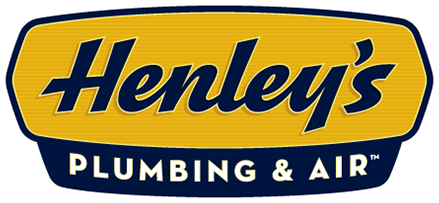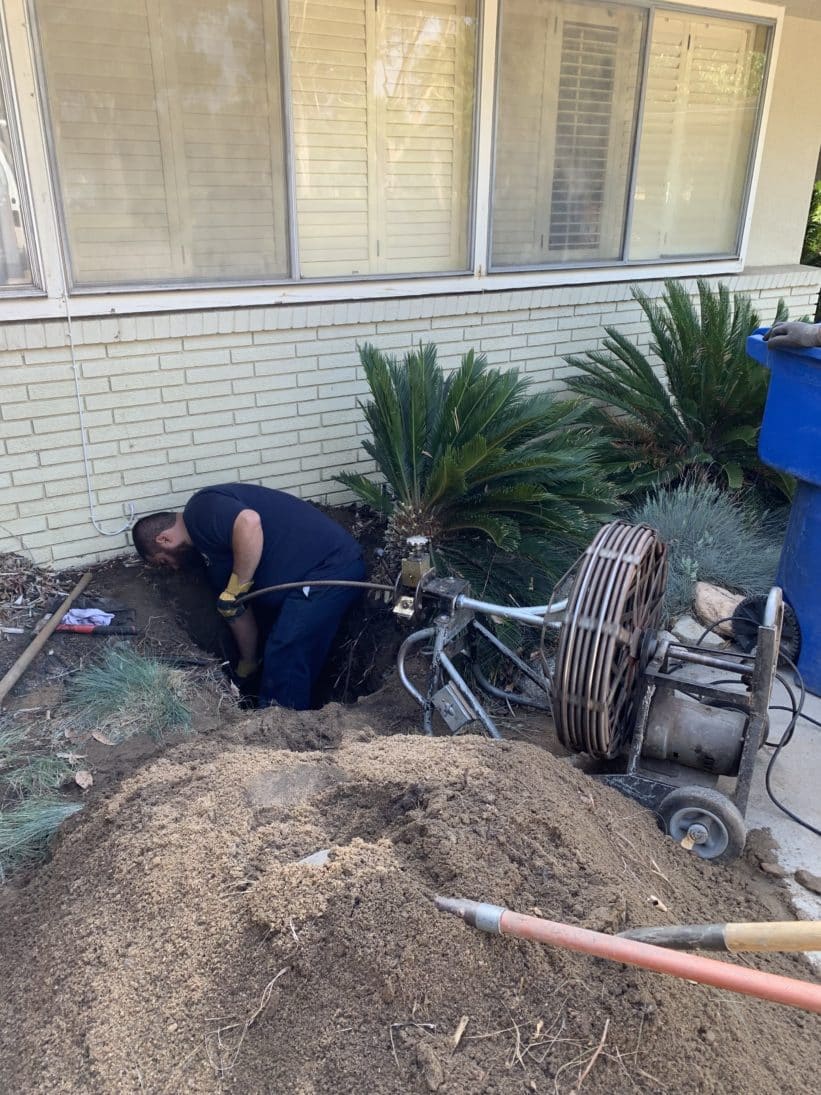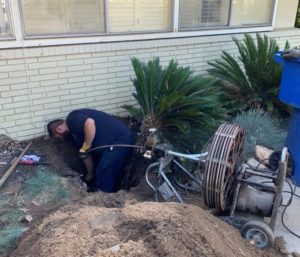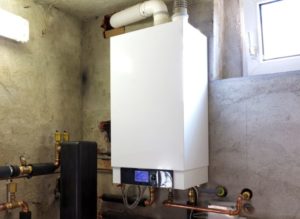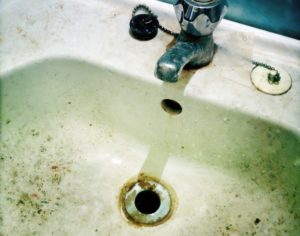As a mother, you know the difficulty of clearing up a blocked drain—especially if you’ve got little ones. A blocked drain is a real hassle because you may not know the cause. Plus, there are so many options to clean a drain on the market. Choosing the wrong option mean that you’ll be pouring money down the drain.
Choosing the right drain cleaner will mean you can get the job done fast. As a busy mother, you need a drain cleaner that is effective and fast. Below, we list some of the drain cleaning options available to you.
Physical Drain Cleaners
Natural drain cleaners are any device that you use to unclog a drain. There are three types of physical drain cleaners on the market. The three main types of physical drain cleaning tools are reusable drain snakes, augers, and plungers.
The first is called a snake. A drain snake may look very different depending on the type you get. Some are long and pole-like while others are short. Reusable drain snakes will have a crank on one end and a flexible tube on the other end. Disposable drain snakes may be made of plastic and have no crank. To use a drain snake, you place the flexible tube or thinner plastic end into the drain. You can spin the tool around using the crank or your hand. Drain snake is best suited for clogs caused by hair.
The second type of physical drain cleaner is an auger. Augers do not have a disposable version. Most augers come with a crank or are electronic. On the working end of an auger there is a cone-shaped tool. You can use the cone-shaped tool to break up whatever is clogging your drain. Augers are best for clogs caused by general gunk or soap buildup.
The last type of physical drain cleaner is a drain plunger. Don’t confuse these types of plungers with toilet plungers. A drain plunger has a giant suction cup at the end rather than a tapered end. Drain plungers are good at removing sink clogs more than tub clogs.
Physical Cleaners: Benefits and Disadvantages
Physical drain cleaners host many benefits for the busy mom. They are quick because you don’t need to wait around for any chemicals to dissolve the clog. However, using a tool to remove a clog could be dangerous. Tools like the drain snake and auger can damage your pipes if you don’t use them properly. Reusable drain cleaning tools are also better for the environment compared to some of the harsh chemicals used to clear drains.
Chemical Drain Cleaners
You may be more familiar with chemical drain cleaners. Chemical drain cleaners clear a clog by dissolving the substance causing the clog. Not all chemical drain cleaners are the same. The three main types of chemical drain cleaners are acidic cleaners, oxidizing cleaners, and caustic cleaners.
Acidic cleaners work by using acid to break down clogs. Acidic drain cleaners usually use sulfuric acid or muriatic acid to break down clogs. You may need to use an acidic cleaner a few times before it dissolves a clog. Acidic cleaners are better for clogs caused by hair.
Oxidizing cleaners are a little less harsh than acidic cleaners. However, they may not clean out a severe clog. Oxidizing cleaners typically contain either bleach, peroxide, or nitrates. These substances take quite a while to break down a clog and are best suited for organic material like food.
The last type of chemical cleaner is caustic cleaners. Caustic cleaners are made of lye or potash. They are the opposite of acidic cleaners. Where acidic cleaners have a lower pH, caustic leaners have a higher pH. Caustic cleaners work similarly to acidic cleaners in the way they break down materials. Caustic cleaners are better suited for grease clogs.
Chemical Cleaners: Benefits and Disadvantages
While chemical cleaners are quick and easy to use, they also have a few negative aspects. Chemical cleaners are harder on the environment and harder on your home’s plumbing. If your home has metal piping, you need to stay away from chemical cleaners. They can cause your pipes to erode.
